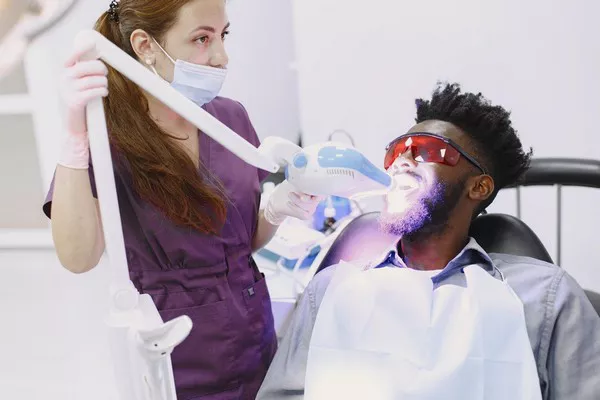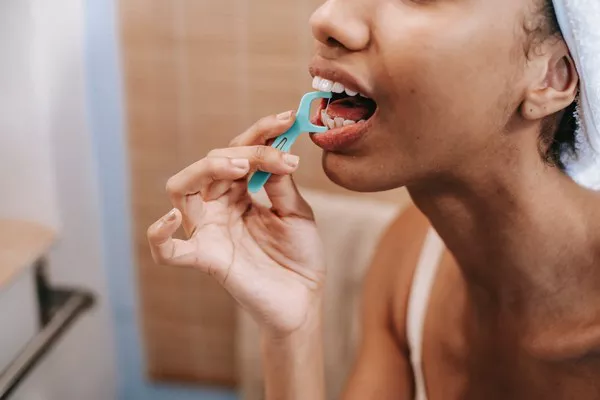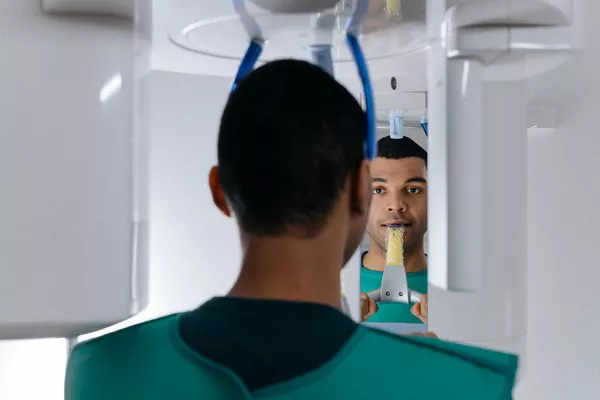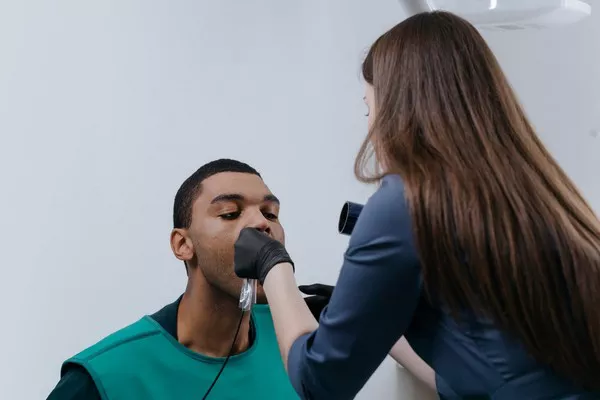Gingivitis, the early stage of gum disease, is a prevalent oral health condition characterized by inflamed and bleeding gums. While there are various treatment options available, many wonder if regular brushing alone can reverse gingivitis. In this article, we delve into the effectiveness of proper oral hygiene practices, particularly brushing, in combating and potentially eliminating gingivitis. By understanding the underlying causes of gingivitis and the role of brushing in its prevention and management, individuals can take proactive steps towards improving their oral health.
Understanding Gingivitis
Before exploring the impact of brushing on gingivitis, it is essential to understand the nature of this condition. Gingivitis primarily occurs due to poor oral hygiene habits, leading to the buildup of plaque—a sticky film of bacteria—on the teeth and along the gum line. This plaque formation triggers an immune response, resulting in inflammation and irritation of the gums.
The Role of Brushing
Brushing plays a pivotal role in maintaining good oral health and can significantly contribute to the prevention and control of gingivitis. Regular brushing helps eliminate plaque and control bacterial growth, reducing the risk of gum inflammation. Here’s how brushing aids in managing gingivitis:
1.Plaque Removal:
Brushing your teeth twice a day with a soft-bristled toothbrush helps remove plaque from the tooth surfaces, including the hard-to-reach areas between teeth and along the gum line. By effectively removing plaque, brushing disrupts the environment necessary for bacteria to thrive, thereby preventing the progression of gingivitis.
2.Gum Stimulation:
The act of brushing also stimulates the gums, increasing blood flow and promoting gum health. Proper brushing techniques, such as gentle circular motions and angling the brush towards the gum line, can help remove plaque from the gum pockets and improve overall gum tissue health.
3.Tartar Prevention:
Consistent brushing can prevent the accumulation of tartar, a hardened form of plaque that cannot be removed by brushing alone. Tartar buildup can worsen gingivitis and require professional intervention for removal. Brushing with fluoride toothpaste helps protect against tartar formation, preserving gum health.
4.Enhanced Oral Hygiene Routine:
Incorporating proper brushing techniques into a comprehensive oral hygiene routine is crucial for managing gingivitis effectively. Alongside brushing, individuals should also floss daily, use antimicrobial mouth rinses, and schedule regular dental check-ups to maintain optimal oral health.
The Limitations of Brushing Alone
While brushing is an essential component of gingivitis prevention and management, it is vital to recognize its limitations. Gingivitis is a multifactorial condition influenced by various factors, including genetics, diet, smoking, hormonal changes, and certain systemic diseases. Therefore, solely relying on brushing may not completely resolve gingivitis if these underlying causes are not addressed.
Additionally, improper brushing techniques or using a toothbrush with hard bristles can cause gum irritation and recession. It is crucial to use a soft-bristled toothbrush and practice gentle, thorough brushing to avoid exacerbating existing gum inflammation.
Can mouthwash reverse gingivitis?
Mouthwash can help manage and improve gingivitis, but it may not be able to reverse the condition entirely on its own. Gingivitis is an early stage of gum disease characterized by inflammation of the gums caused by plaque buildup. Mouthwash can be a useful addition to your oral hygiene routine as it can help reduce plaque and bacteria in the mouth.
Some types of mouthwash contain ingredients such as antibacterial agents or antimicrobial essential oils that can help kill bacteria responsible for gingivitis. Using an antibacterial mouthwash regularly, along with proper brushing and flossing techniques, can help reduce plaque and prevent further progression of gingivitis.
However, it’s important to note that while mouthwash can be beneficial, it should not replace regular brushing and flossing. Good oral hygiene practices, including brushing twice a day, flossing daily, and visiting your dentist regularly, are essential for managing and reversing gingivitis effectively.
If you suspect you have gingivitis or any other dental concerns, it’s always best to consult with a dentist who can provide a proper diagnosis and recommend appropriate treatment options tailored to your specific needs.
Conclusion
Brushing is a fundamental element of maintaining good oral health and can significantly contribute to the prevention and control of gingivitis. Regular and proper brushing techniques aid in removing plaque, stimulating gum health, and preventing tartar formation. However, it is important to note that gingivitis may have multiple causative factors, and addressing them alongside effective brushing practices will yield the best results. By incorporating proper oral hygiene habits, seeking professional advice, and adopting a comprehensive approach to oral care, individuals can improve their chances of reversing gingivitis and promoting long-term gum health.
Related Topics:































